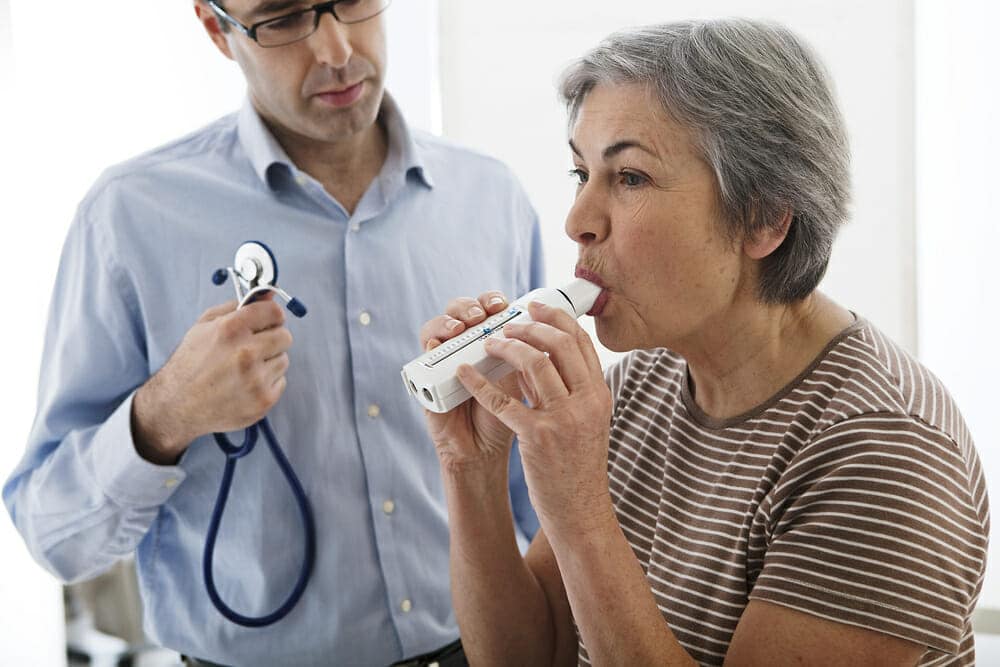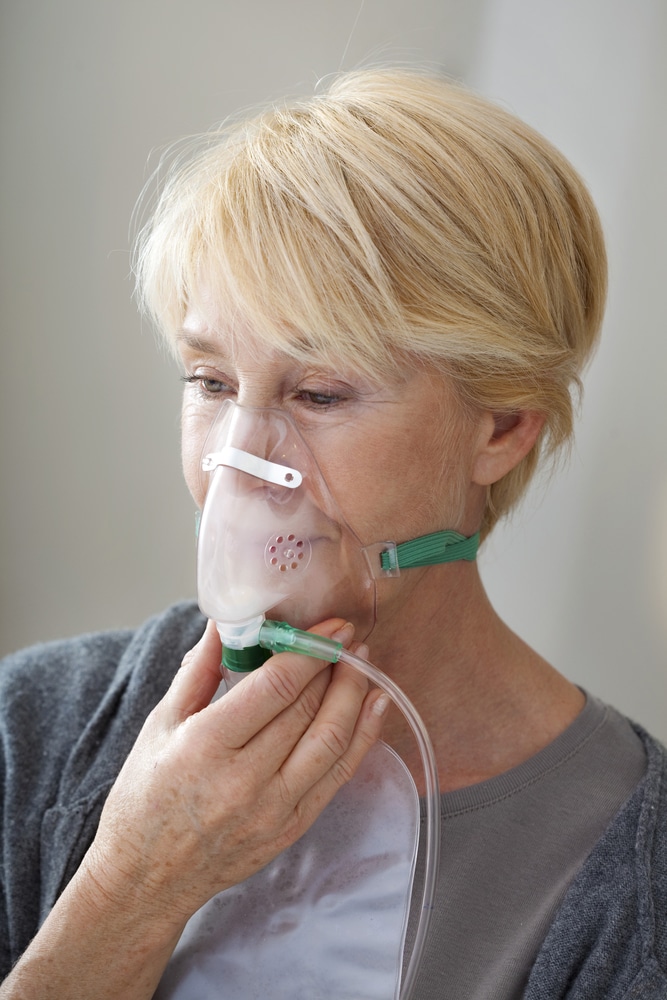Oxygen therapy is the process of administering oxygen at concentrations higher than that in room air for treating or preventing hypoxemia i.e. not enough oxygen in the blood. Hyperbaric oxygen therapy is a type of oxygen therapy in which the patient is placed in an airtight chamber with oxygen under pressure.
Requirement Of Oxygen Therapy Treatment
During inhalation, our body takes in oxygen and during exhalation it releases carbon dioxide. But when this process becomes inadequate, the patient may need supplemental oxygen due to decreased oxygen levels in the blood. Oxygen therapy is used to increase the oxygen saturation in tissues in patients having low saturation levels as a result of illness or injury. This therapy increases the amount of oxygen in the blood and decreases shortness of breath. Besides hypoxemia, oxygen therapy is also used to treat conditions such as acute asthma or pneumonia, chronic obstructive pulmonary disease including chronic bronchitis, emphysema and chronic asthma, pulmonary hypertension and acute myocardial infarction. It is also used for short-term therapy as in post-anesthesia recovery and in the treatment of chronic lung disease in patients. Patients with gas gangrene, air embolism, smoke inhalation, carbon monoxide poisoning and cerebral hypoxic events are treated with hyperbaric oxygen therapy. A combination of helium and oxygen, known as heliox, is used to treat patients with severe airway obstruction. It reduces the density of delivered gas and improves ventilation when there is airway obstruction. For patients with severe asthma, this treatment can be used as an emergency room procedure.
How Does Oxygen Delivery Take Place?
This therapy can be administered at home as well as in hospitals. In hospitals, oxygen is delivered to each patient room through a wall outlet from a central source. A flow meter is attached to the wall outlet for accessing the oxygen. A valve is provided to regulate the flow of oxygen. For a home setting, the oxygen source is a canister or air compressor. In either case, plastic tubing is used to connect the oxygen source to the patient. Oxygen is usually administered by nasal cannula, mask and tent. Nasal cannula is the commonly preferred delivery device as it does not interfere with the patient’s ability to have food, drink and communicate. Trans-tracheal oxygen therapy is another way of delivering oxygen to patients. In this method, a small flexible catheter is inserted into the trachea through a tracheostomy tube thereby resulting in the oxygen bypassing the mouth, nose and throat. Specialized infant oxygen delivery systems are also available.
There are many different types of oxygen delivery systems such as compressed oxygen, liquid oxygen and oxygen concentrator. Compressed oxygen method uses oxygen that is stored as gas in a tank. To control the oxygen flow, a flow meter and regulator are attached to the tank. This type of system is generally prescribed when oxygen is not required continuously i.e. needed while performing physical activity only. In liquid oxygen, a large stationary tank is used to store oxygen at home. Oxygen, which is liquid at very cold temperatures, changes to gas when warmed for delivery to patient. Oxygen concentrator is an electric oxygen delivery system, in which the concentrator extracts some air from the room, separates oxygen from it and delivers it to the patient through nasal cannula. It is prescribed for patients who require constant supplemental oxygen. A demand inspiratory flow system is an oxygen conserving device that uses a sensor to detect when inspiration begins. It delivers oxygen only upon inspiration.
Risks Involved In Oxygen Therapy
Although oxygen therapy does not cause any side effects, its overuse may result in conditions such as respiratory depression, oxygen toxicity and absorption atelectasis. If a patient develops frequent headaches, anxiety, cyanotic lips or fingernails, confusion and irregular breathing symptoms, then it is necessary to inform a physician as the patient may require emergency medical services. Problems with oxygen delivery systems include perforation of the nasal septum due to the use of nasal cannula and non-humified oxygen and bacterial contamination of the nebulizer and humidification systems resulting in spread of pneumonia.





